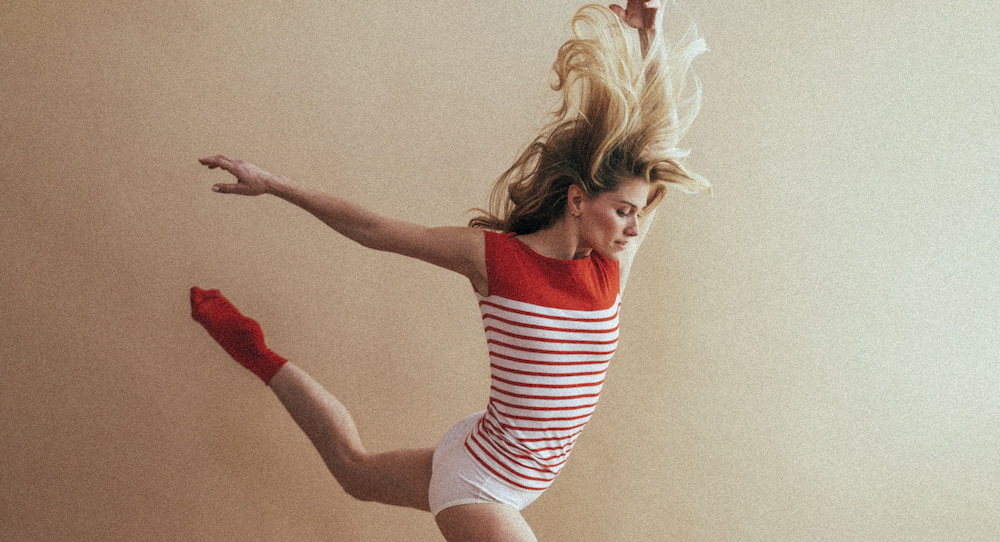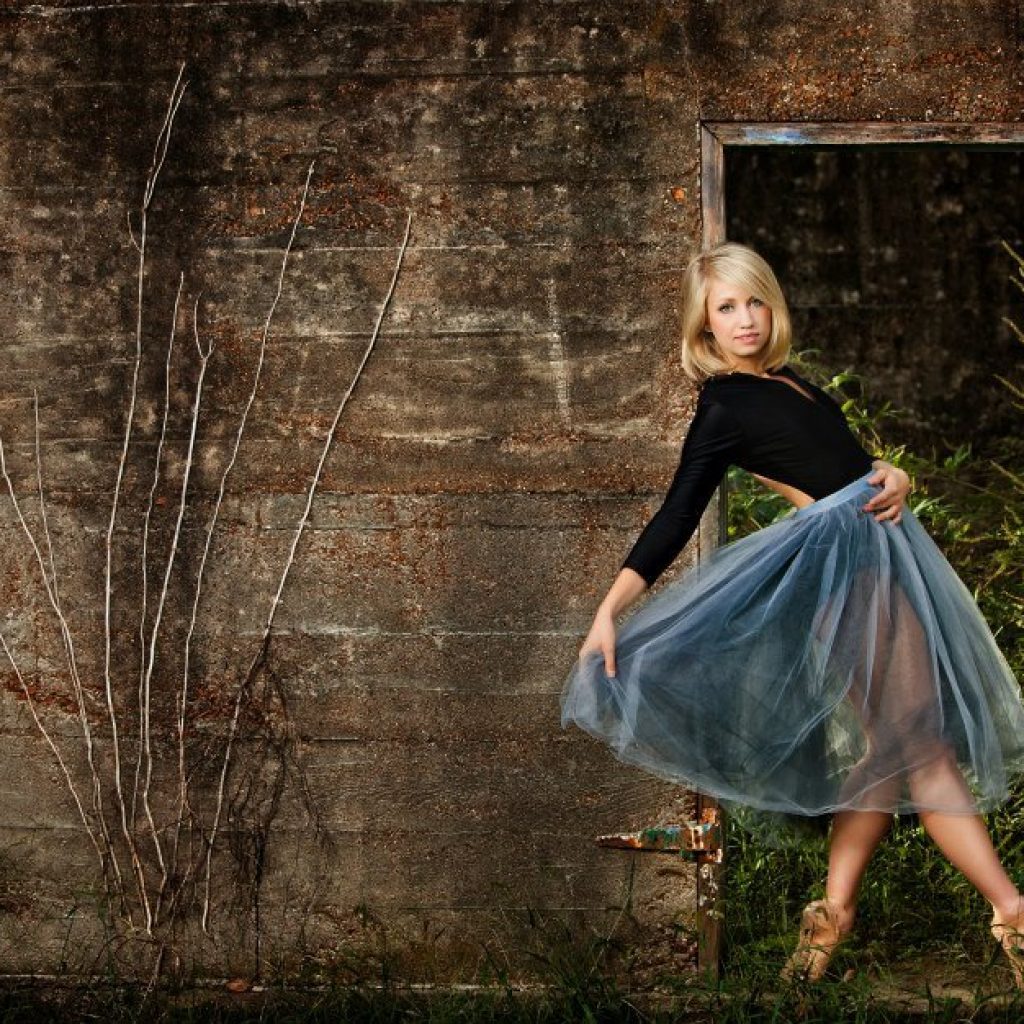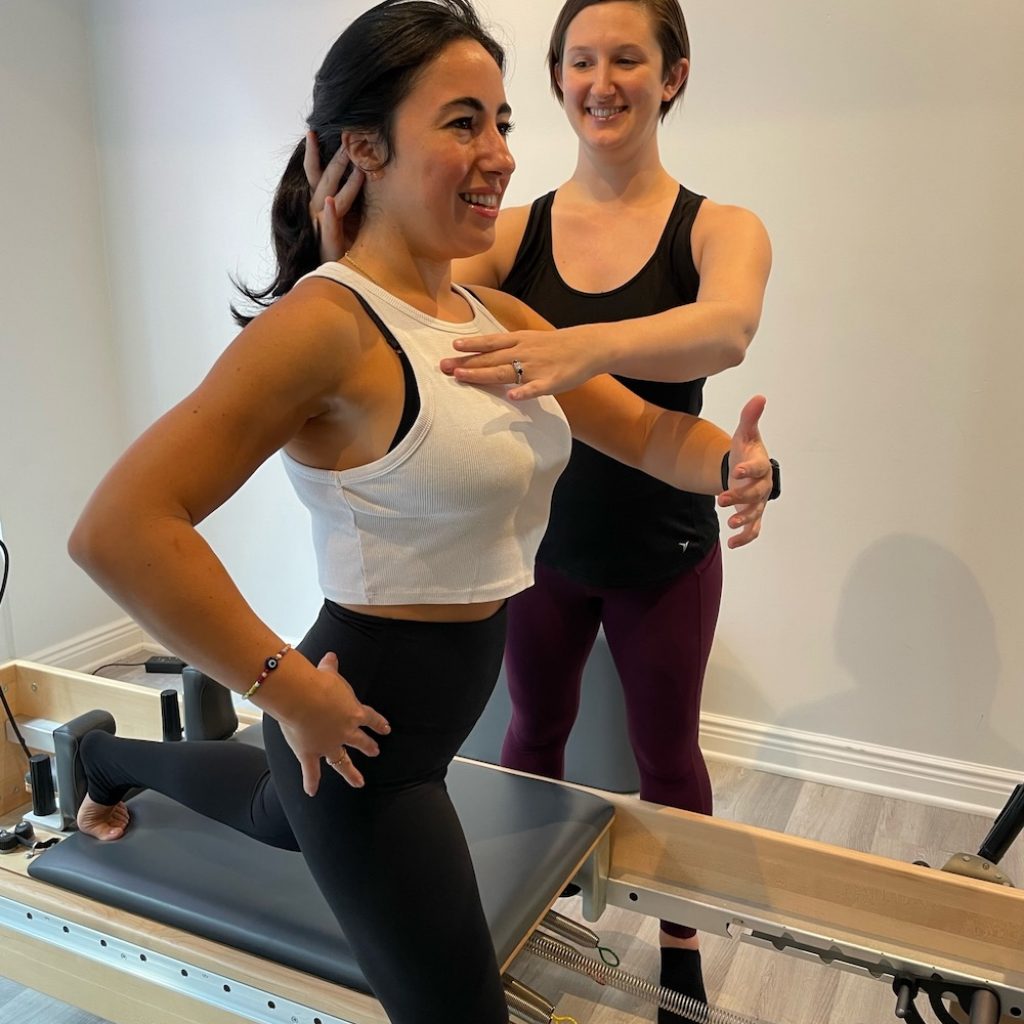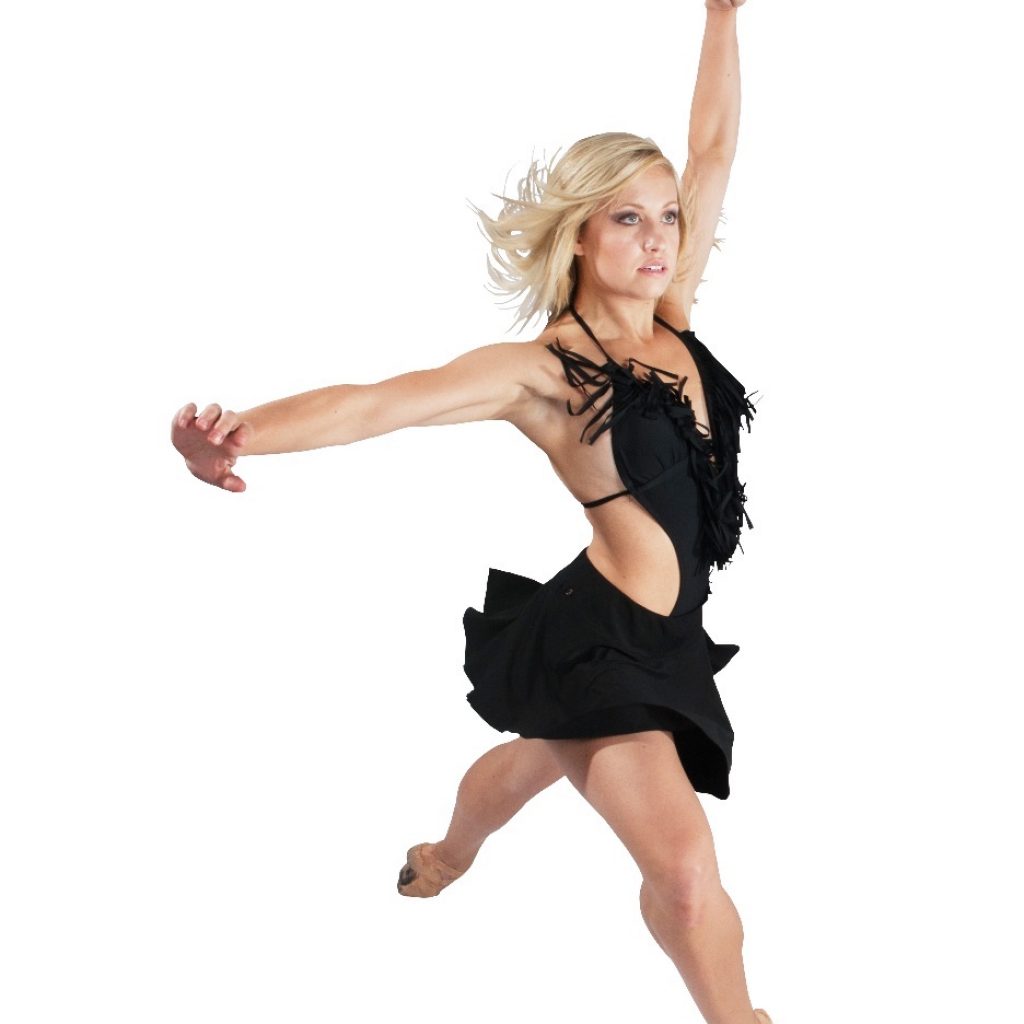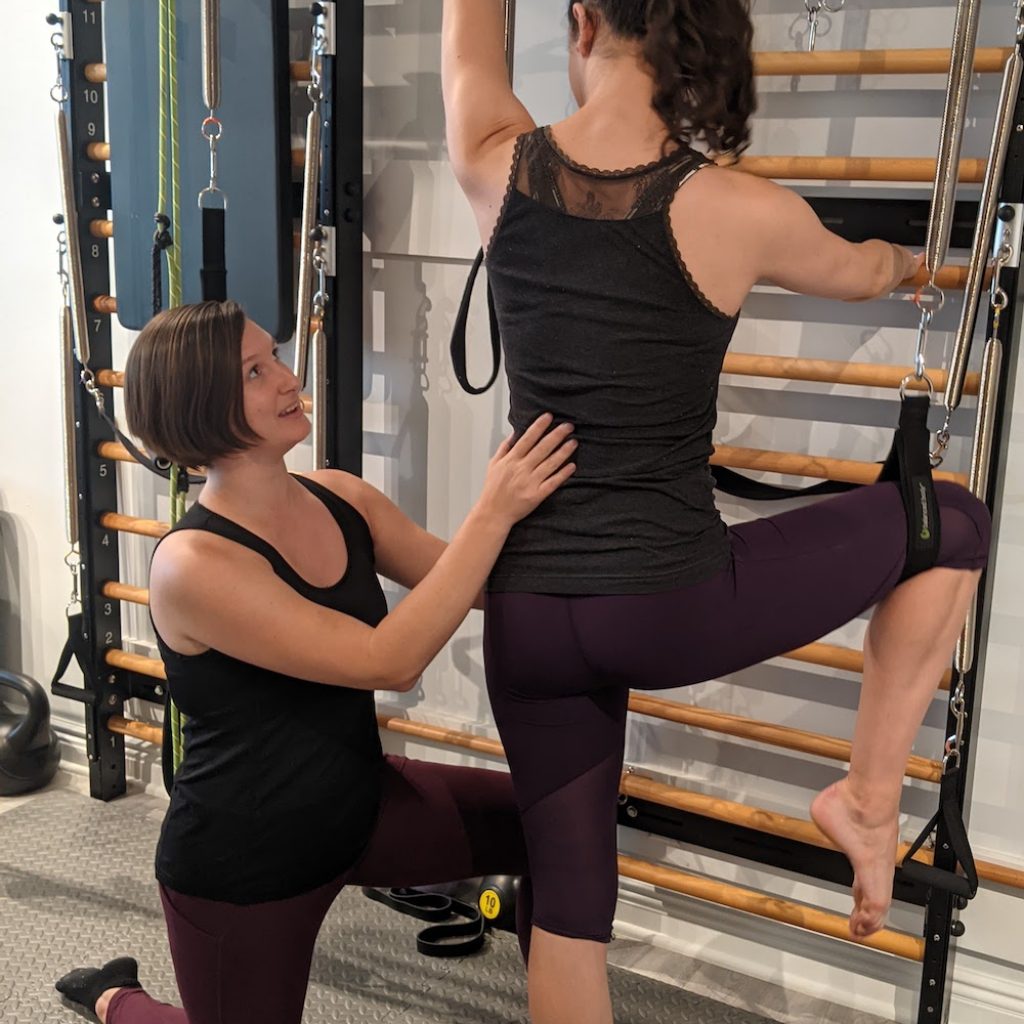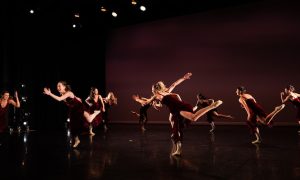Going hard in the studio and performing, and then weeks or months off: that’s the dance sector phenomenon of layoffs, one that seems largely underdiscussed. These periods can bring myriad challenges. Physically, it can benefit dancers to give their body rest, but it also behooves them not to be back to the studio in a way that takes them from 0 to 60. That can be a tough balance to strike. Mentally and emotionally, navigating one’s energy and time can be difficult – not to mention that dancer identity dynamic. (“If I’m not dancing right now, what am I doing…who even am I?)
At the same time, layoffs can be time for dancers to cultivate their interests, relationships and capacities outside of performing – perhaps entirely outside of dance, and even outside the arts more broadly. There can be opportunity in the adversity of time away from rehearsing and performing. To learn more about all of these dynamics, Dance Informa speaks with “The Broadway PT” Dr. Megan Wise (PT, DPT), dance career mentor “The Brainy Ballerina” Caitlin Sloan and NYC-based freelance dancer Kirsten Evans. Without further ado, let’s jump in!
The physical: Giving your body rest but staying ready for the studio
Dr. Wise gives a concrete and helpful timing guideline. If your layoff is less than a month, “take the rest,” she advises. “You’re not going to lose your fitness in that amount of time – and, in fact, having that rest might allow you to come back even better.” If it’s longer than a month, then it’s best for one to consider cross-training and getting back into class. It could actually be a great time to try a new training program or fitness form that sparks your interest. For example, if you’re not currently dancing, your body might have an easier time adjusting to using new muscles in new ways, Dr. Wise points out. You can even make a list of movement/fitness forms that you’d like to give a try, she suggests.
A longer layoff could also offer time for physical rehab, or even “prehab” (injury prevention work), Dr. Wise notes – just be sure to work with your physical therapist to determine if the time you have is enough to do the work within best practice guidelines. No matter what, keep rest a priority – especially if it’s the only time that you’ll get for it in a long while, Dr. Wise adds. She also encourages, for those longer layoff periods that call for more than pure rest, goal-setting — be it with flexibility or an aspect of technique or any other dancer skill.
Sloan has experienced both longer and shorter layoffs, she shares – and, indeed, she approached them differently. At Ballet Tucson, the scheduling was typically four to five weeks on and four to five weeks off. She’d do her best to take class during that period, but she also tried to prioritize making income at a second job. Another challenge was feeling like she was just getting her momentum really going when layoff came. Taking class during layoff did help her keep that momentum up, somewhat, she notes.
At Mareck Dance (Missouri Contemporary Ballet when Sloan was dancing with the company), layoffs were longer. She even had Decembers off to fully celebrate the holidays with family and friends. The work was very athletic, and rehearsal periods had her called into the studio many hours a week, so that rest was quite welcome physically. Toward the ends of those periods, she did what she could to get those “awkward phases out” by getting back into class regularly. She knew that going from zero to full throttle wouldn’t be good news. Sloan did all that in a way that acknowledged what her body needed at any particular time, she explains – thoughtfully calibrating the physical work at hand. “Try to avoid an all-or-nothing mentality,” she advises.
Evans details what helps her find that tricky rest/activity balance during layoffs – but also is careful to note that it’s what works well for her. Everyone is different, and no one should feel pressure to do what anyone else is doing because it’s the “right” way to do it (there really is no one “right” way!). She starts layoffs with at least one full day without any kind of physical activity – “coach potato day, soak it in.” Doing Pilates and restorative movement in the days following that “makes [her] feel really good.”
She also tries to catch a ballet class at least once a week during layoffs, and uses the opportunity to “push a little harder in these classes than I might if I were doing a full day of rehearsals after. This is your time to really work that technique and try to correct habits that a tired in-season body might not be up for tackling. Wear the pointe shoes, do the fouettés!”
For cross-training, she has “tried every cross-training workout from kickboxing to yoga to swimming, running, you name it” – but has really taken to Pilates. In sessions with her trainer, they “work on any weaknesses or injuries [that she] might be experiencing, and just try to build up…overall strength and stamina.” She also practices the form independently, several times a week, to stay “aligned, lengthened and strong.”
All in all, “I just try to live an active lifestyle when it feels good and rest when I need to,” Evans says. “I love walking for my mental health, and it has the added benefit of being pretty good for your body, too!” She encourages trusting that the “body is smart and it knows what to do without controlling it all the time. Lean back a little and listen to your body; let it surprise you.”
Sloan additionally encourages taking advantage of open studio time – if it might be available to you. Even if you just do a barre, that’s something, she affirms. And, in her experience, doing a barre can often lead to doing center – maybe even a full class for yourself! “Just get the ball rolling,” she says, “and make it fun!”
The mental and emotional: Taking care of yourself out of the studio
Evans offers a cogent sharing of mental/emotional challenges involved with layoffs. “Early on in my career, I viewed layoff periods mostly as a physical challenge. But with more experience, I realized the mental hurdles that come along with layoffs are just as steep — if not even more rigorous — to overcome. There’s this feeling of guilt that can come with taking time off, or even a fear that you could be missing out on an opportunity, or falling behind. But the truth is our bodies and minds need that time away to rest and reset.”
And that’s not all that can challenge dancers mentally and emotionally during these periods. Decision-making over how to productively use your time can be a lot mentally, not to mention navigating factors like applying for unemployment or getting temporary work. On a deeper level, there’s that dancer identity piece – “who even am I if I’m not dancing?”
Evans believes that what’s sincerely helped her is a mindset of letting the “discipline serve you, not overwhelm you.“ For example, she regularly takes class during layoffs, but she also doesn’t “stress too much about missing these if life presents me with an opportunity to travel or experience something I wouldn’t typically be able to say ‘yes’ to during a dancing season.” She emphasizes how finding your ideal experience “is not linear. Try to give yourself grace. Try to have fun in the process!”
For that guilt piece, “remember that experiencing life outside of the studio will fuel your performance onstage,” Evans notes. “Think of this as a time to expand your artistry.” She also recommends discretion with social media use; say goodbye (unfollow, anything you need to do) to anything that makes you feel “devalued.” Instead, shift your focus to being present. “Notice how being away from your usual routine makes you feel, and really observe it,” she advises.
Sloan also encourages that sense of being present. That can, furthermore, allow new ideas to blossom; creativity can truly flow when we’re not in that daily grind. She describes how in those quiet moments, our first impulse can be to reach for our phones. Yet, it can be incredibly meaningful to take “time to be alone with our own thoughts.” Time in nature can be quite helpful for that (and summer layoffs can bring wonderful weather!). Such introspection can be incredibly valuable. “The more you know yourself, the stronger artist you’ll be,” Sloan underscores. In alignment, Dr. Wise notes how long layoffs can be an opportunity to be “human first, dancer second” — connecting with those parts of you that go much deeper than “dancer.”
Whatever happens, however your spend your layoff time, “you don’t have to overthink it, you don’t have to feel all that pressure,” Dr. Wise reminds us. Just breathe through it and enjoy it, as best you can! Sloan also recommends letting yourself feel however you feel about layoffs. “It’s okay if you love it, it’s okay if you hate it.” Let yourself experience joy and rest as well – because those are things are important, too. “Not that things making you feel good even have to be productive,” she affirms with a smile.
Finding the opportunity in adversity: How to leverage layoffs for growth
Yes, layoffs can come with a lot of challenge but also a lot of opportunity — discovering more of the world, as well as yourself, Evans notes. She names how dance “can be so all-consuming when you’re in it. You’re staring in the mirror analyzing your movement all day, every day, and it’s easy to forget how big the world is outside of the studio.” Explore a dance style that’s out of your typical genre, and even dig deeper into other art forms, such as going to concerts and plays, she suggests. Experience parts of life that call to you outside of the arts: from hiking to making ice cream to whatever that might be.
Layoffs can also offer opportunities to cultivate relationships – especially those outside of your company and even outside of dance, something that Dr. Wise highly recommends. As an example of that, Evans tries “to use [layoffs] as a time to say ‘yes’ to other things and spend more time being social with friends and family I don’t see as much during an on-season.” Whatever it might be, take advantage of the time you now have – because it very well may not be there when you’re back in the studio and the theater, she adds. There is “so much to explore in the layoff period, so many ways to be involved in the world; it doesn’t have to be a ‘blah’ time,” Sloan affirms.
On a more practical bent, Dr. Wise points out the ability to cultivate new skills with layoff periods – the sort that could lead to a post-performance career. “You’re not going to be a performer forever,” she reminds us. “Hobbies can also bring more to your craft [as a dancer],” she adds. Yet, she’s also careful to point out, trying new things doesn’t have to lead to new ways to make income (any kind of “side business”), or even make you a stronger artist; it’s more than enough for it to bring you joy! “Play with something else, try something else, be a beginner at something!” she urges. “Beginner’s mind can be vulnerable but also rewarding.”
How do we manage all of that potential? A lot of possibility, in and of itself, can bring that overwhelm that Evans describes. She suggests making plans, getting something on your calendar even before layoff starts. Echoing Dr. Wise, Sloan recommends making lists of things you like doing outside of dancing (watching movies, writing poetry, listening to music, anything at all!), as well as lists for media you want to take in (books to read, shows to watch, podcasts to listen to, for instance).
That approach can help you to jump right into those activities that help you experience the world, and learn more about yourself, rather than being stuck in “Okay, I have this time, what do I do now?” On the other end of the spectrum, another thing that can cause overwhelm – especially for goal-oriented dancers – is feeling like if you start something in your layoff period, you have to finish it. Yet, Sloan calls that into question. “Just start something – just do one thing, and it’ll come,” she urges.
Yet, another thing that can cause overwhelm in layoff periods is time stress, something Dr. Wise notes many performers do feel — this sense that there’s so much to do in such a short amount of time until layoff ends. “Yet, there’s an abundance of time!” Dr. Wise says. Be open to how much time there really is available when you’re not in the studio, and – to the best of your ability – use it wisely, she urges.
Sloan has some great words of wisdom to close us out. “Find what you need to strike that balance. Remember that you do have a job to get back to. What do you need to do to recover but also get back to it? Remember also that it feels different every day for a dancer in class – sometimes you’re really on your leg, feeling great, and sometimes you’re not. That applies to layoffs, and to life! Every day can feel different. With being present and listening to yourself, what you need will start to become apparent.”
By Kathryn Boland of Dance Informa.


